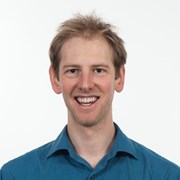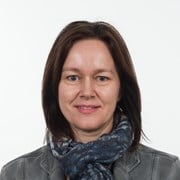Over the next ten years, the sensors that are connected to the buoy will collect data that we can use to learn about the state of the ocean. This data can be made available to researchers worldwide.
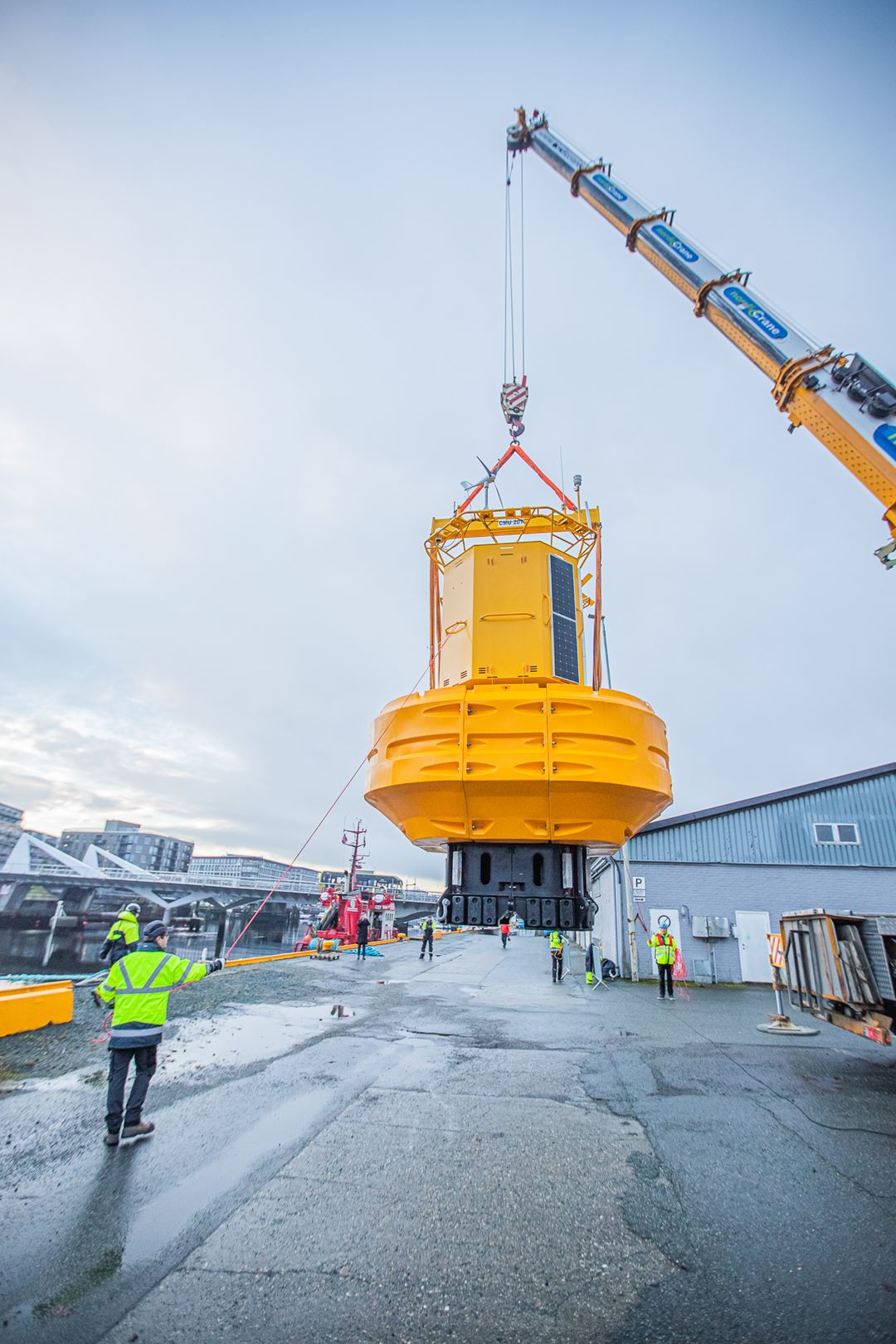
Read more about the buoy here!
The buoy, which weighs ten tonnes, will primarily investigate the marine environment. The buoy will provide important real-time data relating to the state of the ocean.
The old method used to examine the state of the ocean involved heading out on a boat, collecting ocean samples and heading back to shore to analyse the samples.
This takes a long time.
If the ocean is unhealthy or there is unwanted pollution, these sensors will quickly detect it.
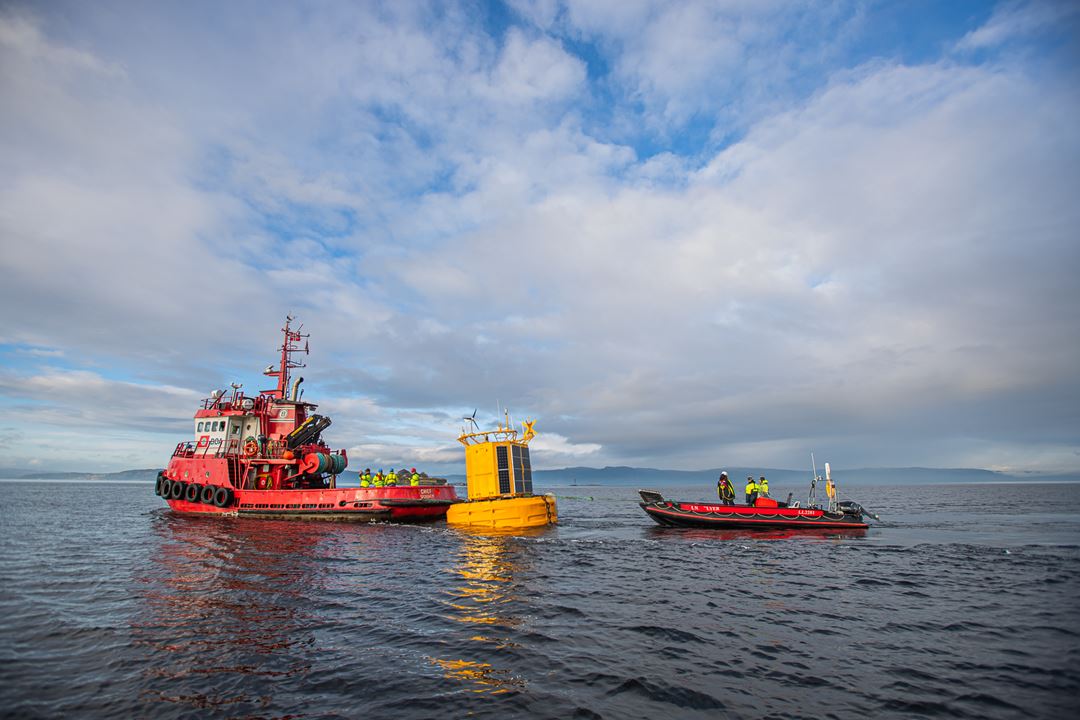
The ocean is extremely important. Half of all oxygen found in the atmosphere originates from plankton in the ocean, i.e. every other breath we take. An unhealthy ocean can lead to serious consequences for life on Earth.
It is therefore crucial that we monitor the condition and that this is done from beneath the water, all the way up to satellites orbiting the Earth that can, among other things, tell us about algal proliferation and other ocean events that can be seen from high up in the atmosphere.
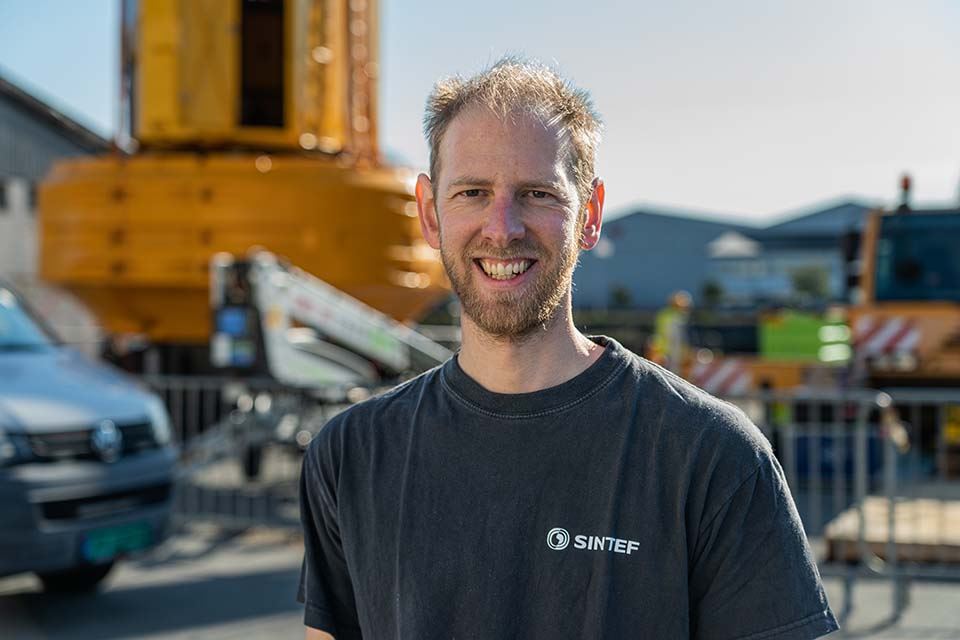
“Together with the Norwegian University of Science and Technology (NTNU), we are establishing several research stations in the Trondheim Fjord. The latest addition is this yellow buoy. We look forward to seeing what comes next,” says Davies.
Davies explains that the buoy measures everything you can think of in the ocean: wind, weather, waves, the direction and speed of ocean currents, acidity, chemistry, plankton and sediments, to name but a few.
The Project leader for the OceanLab project is Kristin Rist Sørheim. Davies’s buoy, which carries out ocean observations, is one of several research stations in the Trondheim Fjord.
Kristin Rist Sørheim and Beate Kvamstad-Lervold have been working for Sintef Ocean for a number of years and say that nothing compares to this project.
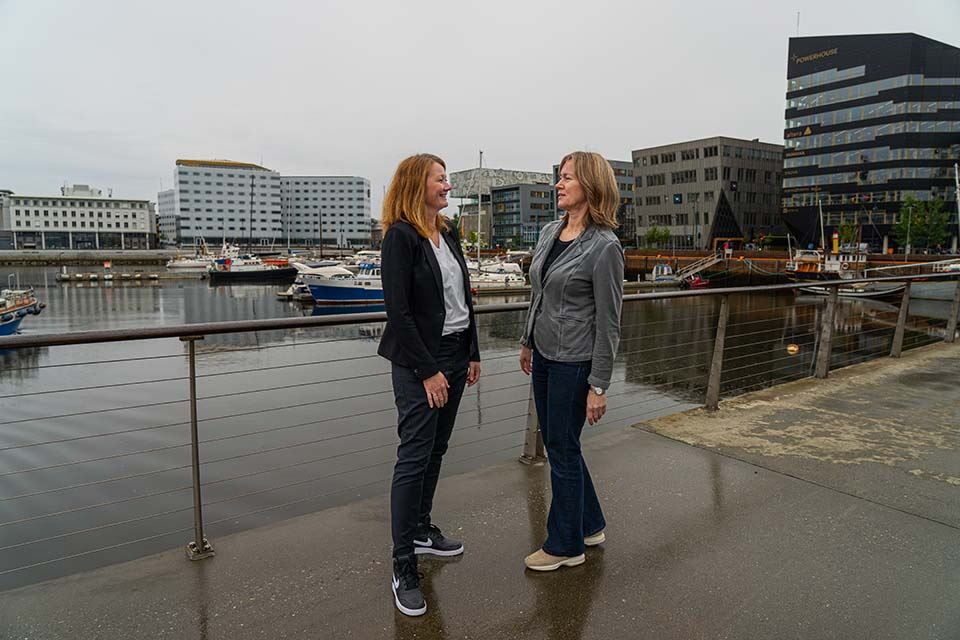
The ambitions for the OceanLab project are huge, as we have a great deal of questions where the ocean is concerned, but not many answers.
“This is completely unique from a global perspective. We work with all the major maritime industries and link them together by sharing data. Nothing like this has ever been done before,” Kvamstad-Lervold explains.
“The unique aspect is the high degree of interdisciplinarity in the project. We connect top research communities around the world in a way that allows us to create a comprehensive overview that will enable us to be effective custodians of the ocean in the future,” Rist Sørheim adds.
“Aiming for a world-leading position in ocean custodianship”
“These buoys are examples of the research infrastructure we are investing in and constitute only a small part of everything we are putting into place and the investments we have planned for the years to come. We want to use our position to look after the environment and contribute to a healthier ocean.”
The fjord off of Trondheim, Hitra and Frøya will become a major test facility for ocean research and innovation. The current working name of the infrastructure is OceanLab, which, over time, will become part of FjordLab and the Ocean Space Centre.
OceanLab receives funding from the Research Council of Norway. FjordLab will represent the continuation and further development of five different projects that are currently taking place as part of OceanLab. We need more knowledge about the ocean. This is where OceanLab comes into the picture. Kristin Rist Sørheim and Beate Kvamstad-Lervold from Sintef Ocean tell us about the project.
“Our goal is to help Norway become world-leading custodians of the ocean, while also accessing and utilising the resources found in the ocean,” the pair say.
They explain that the OceanLab project consists of many different specialist fields: autonomous shipping – in which environmentally friendly, crewless ships, boats and ferries are developed, aquaculture for the farming of different types of sustainable seafood, underwater robots that can monitor the ocean from shore and undertake work underwater, and buoys that perform ocean observations are some examples of what will be further developed in the coming years. Their hope is that the possibilities of the research buoy, vessels and underwater robots will put Trondheim and FjordLab firmly on the world map. Kvamstad-Lervold is the leader of the autonomous shipping research project.
“Important to identify new industries”
“We develop technologies to look after the fjord and our oceans. At the same time, we will also develop technology to build new industries and better methods for ocean custodianship,” Kvamstad-Lervold says.
New methods are required for us to look after the ocean in an economical and sustainable manner.
“Our future livelihoods are dependent, among other things, on the ocean. Oil and gas are currently in the driving seat, but we all know that this will not be the case forever. It is therefore important to identify new industries,” Rist Sørheim explains.
Smart robots swim between charging stations and working stations in the Trondheim Fjord.
In the future, these robots will be able to perform many different types of tasks. These include monitoring the ocean, collecting samples from the seabed, surveying areas ahead of installations and carrying out maintenance work.
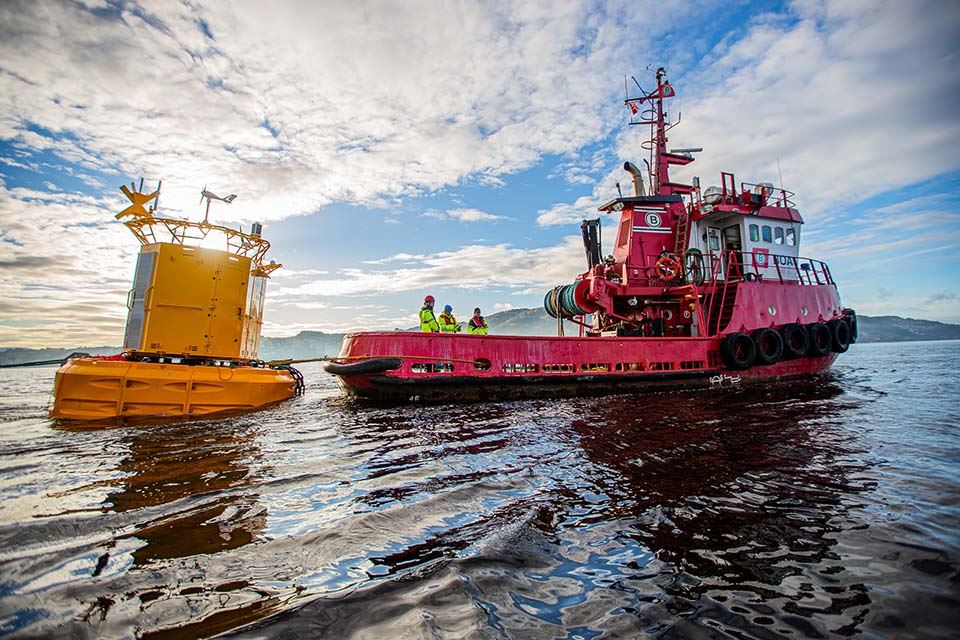
“We can collect data from different depths in larger ocean areas in a considerate and relatively cheap manner. Underwater robots can carry out operations that have previously been difficult and expensive for people to do,” Rist Sørheim says.
This technology and equipment will likely become extremely important.
“If we link the data from these underwater robots with the data from the buoy, the data from autonomous vessels on the surface of the ocean and even data from flying drones and satellites, we will have excellent opportunities to develop the knowledge we require to look after our oceans.”
Autonomous ships and fish welfare
Since 2016, the Trondheim Fjord has been a test zone for autonomous ships. OceanLab will contribute to the development of the test zone by way of new boats, sensors and radars.
The research conducted here will also help develop how we harvest food from the ocean. This is why Sintef Ocean has also established research stations on Hitra and Frøya.
“We have a licence and we are working on research into and development of salmon in netpens. The goal is to identify new and smarter ways in which to look after the salmon and improve fish welfare. We have also installed robotic sensors that provide us with real-time data to work with,” Rist Sørheim says.
The research conducted as part of OceanLab spans several disciplines, but they all have one thing in common.
Most of the data developed will be available to all interested parties.
The unique buoy in the Trondheim Fjord could be of great importance to future environmental monitoring.
Water, Liquid, Bird, Fluid, Lake, Beak
“This is an important principle for this project. We will collect,
manage and share as much data as possible, so that people can participate actively in the project, regardless of industry.”
“The fact that we have this type of infrastructure could also allow us to provide an excellent service to many new start-ups in Trondheim. They would be able to test new technology here in a safe and monitored environment. This would be very cost-effective for them and could help create new technology and industries in the future,” Rist Sørheim says.
Kristin and Beate from Sintef Ocean agree that they are extremely excited to see what emerges from the infrastructure that has now been put in place, and they are both looking forward to the next steps.

